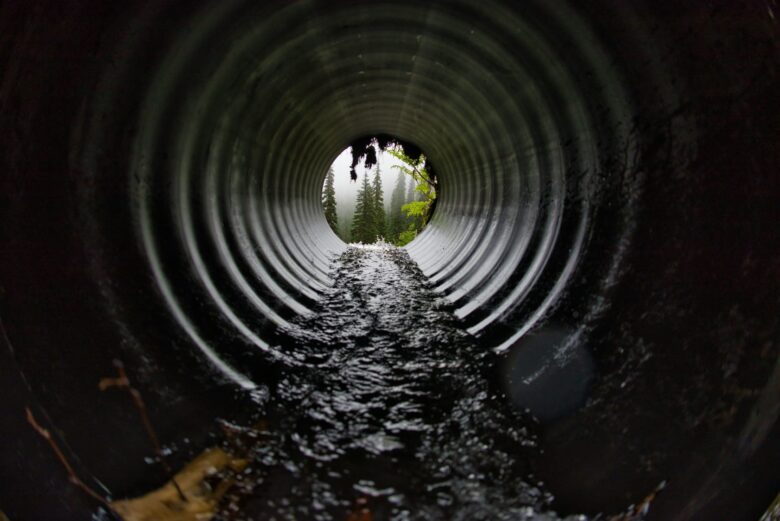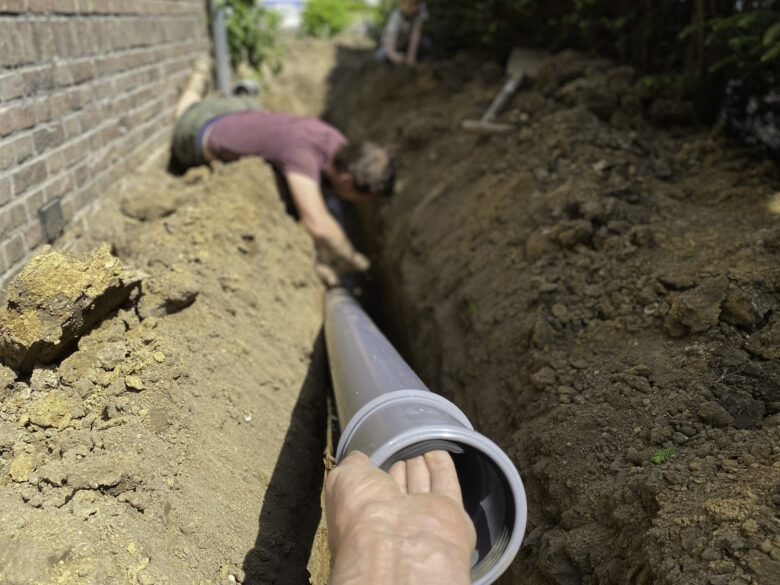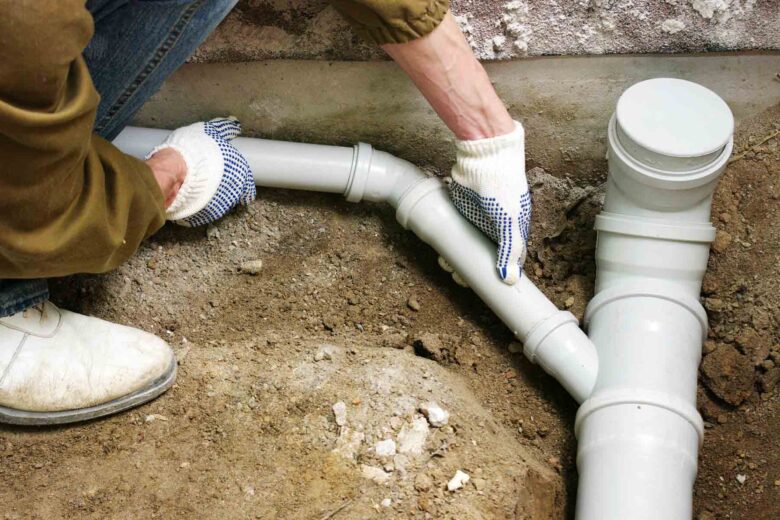Having a sewage line in good working order is absolutely necessary for the correct disposal of wastewater from residences and businesses. However, just like any other type of infrastructure, sewage lines are susceptible to developing faults over time, which can result in problems such as clogs, leaks, and backups.
This guide aims to delve into the world of sewage line troubleshooting. We will investigate typical problems, the factors that contribute to them, and effective techniques for identifying and correcting them.
Understanding the ins and outs of sewer line maintenance and repair can save you time, money, and headaches in the long run. This is true whether you are a homeowner or a professional plumber seeking to maintain and sewer line repair.
Contents
Understanding Your Sewer System

Source: servicebyscott.com
It is necessary to have a fundamental understanding of how your sewer system operates before diagnosing specific difficulties.
In most residential properties, wastewater from sinks, toilets, showers, and appliances is transported to a central sewage main or septic tank through underground pipes known as sewer lines.
Once it reaches that location, it is transferred to a treatment facility or leach field to undergo processing.
PVC, cast iron, or clay are examples of materials often used in the construction of sewer lines; nevertheless, despite their durability, these lines are still prone to corrosion and deterioration with time.
Common Sewer Line Issues
Several factors can contribute to sewer line problems, from normal wear and tear to external factors like tree roots and soil shifting. These issues can manifest in various ways, causing inconvenience, potential health hazards, and costly repairs for homeowners and property owners.
Understanding the common sewer line issues is essential for early detection and prompt resolution, ensuring the proper functioning of the sewage system, and preventing further damage to the property and surrounding environment. Some of the most common sewer line issues include:
- Clogs: Accumulating debris, grease, and other materials can cause clogs in sewer lines, leading to slow drains, backups, and foul odors.
- Leaks: Cracks, fractures, or corrosion in sewer pipes can result in leaks, leading to water damage, mold growth, and structural issues.
- Tree Root Intrusion: Tree roots seeking moisture and nutrients can infiltrate sewer lines through cracks or joints, causing blockages and structural damage.
- Bellied Pipes: Sections of sewer pipes may sag or become misaligned over time, creating low spots where waste can accumulate and cause backups.
- Corrosion: Older sewer lines made of metal materials such as cast iron or galvanized steel are prone to corrosion, weakening pipes and leading to potential leaks.
Diagnosing Sewer Line Issues

Source: staggsplumbing.co
Diagnosing sewer line issues requires a systematic approach that involves inspecting the plumbing system, identifying symptoms, and performing diagnostic tests. Some common signs of sewer line problems include:
- Slow drains or gurgling noises
- Foul odors coming from drains or toilets
- Wet spots or sewage backups in the yard
- Unexplained increases in water bills
Once potential issues are identified, diagnostic tools such as sewer cameras, smoke tests, and dye tests can be used to pinpoint the location and extent of the problem.
Sewer cameras, in particular, are invaluable for inspecting the interior of sewer lines and identifying blockages, leaks, or other issues with precision.
Fixing Sewer Line Issues
Once the root cause of a sewer line problem is identified, appropriate measures can be taken to address it effectively.
Depending on the nature and severity of the issue, repairs may range from simple DIY solutions to more complex professional interventions. Some common methods for fixing sewer line issues include:
- Hydro jetting: Using high-pressure water to clear obstructions and clean the interior of sewer pipes.
- Snaking: Using a plumber’s snake or auger to break up clogs and remove debris from sewer lines.
- Pipe relining: Installing a new lining inside existing sewer pipes to repair cracks, leaks, and corrosion without excavation.
- Pipe replacement: Excavating and replacing damaged sections of sewer pipe with new, durable materials.
Preventing Future Issues

Source: homeguide.com
Although certain sewage line troubles are unavoidable, you can take precautions to protect your plumbing system. Regular maintenance helps keep your sewer system running.
Regular inspections and service by competent personnel can detect possible issues early on, allowing for timely interventions and preventing small issues from becoming significant.
Proper trash disposal is essential for sewage line health. Avoid flushing wipes, sanitary products, and grease down the drain, as they can build up and cause blockages. Educating family members about safe trash disposal can prevent sewer system blockages and backups.
Invasive tree roots also cause sewer line problems. Trees want moisture, and sewer pipes’ nutrients might attract root development. Root barriers and planned landscaping can prevent roots from entering sewer systems, reducing damage and blockages.
Regular sewer line inspections are needed for preventive maintenance. Plumbers use sewer cameras to inspect your sewer system. These inspections detect early indicators of wear, corrosion, and clogs, allowing preventive repairs or interventions to extend sewer line lifespan and prevent disasters.
In addition to inspections, consider preventive actions customized to your property’s needs and vulnerabilities. If your area has severe rainfall or soil erosion, stormwater management systems or soil stability can protect your sewage lines.
Proactive sewer line maintenance and management reduces the chance of unexpected disruptions and costly repairs. A thorough preventative plan includes regular maintenance, appropriate trash disposal, proactive tree root treatment, and timely inspections. Investing in your sewer system today helps prevent future issues and ensure its smooth operation.
Conclusion
Finally, sewer line repair is essential to keeping a plumbing system that is both healthy and functioning during its lifetime.
In order to preserve the lifespan and dependability of their sewer systems, homeowners and plumbing professionals alike may ensure that they have a thorough awareness of the numerous problems that occur with sewer lines, accurately diagnose the problems, and apply efficient repair methods.
Reducing the likelihood of experiencing issues with your sewage line is possible by doing routine maintenance and taking preventative steps. Knowing that your plumbing system is operating well will give you peace of mind.
